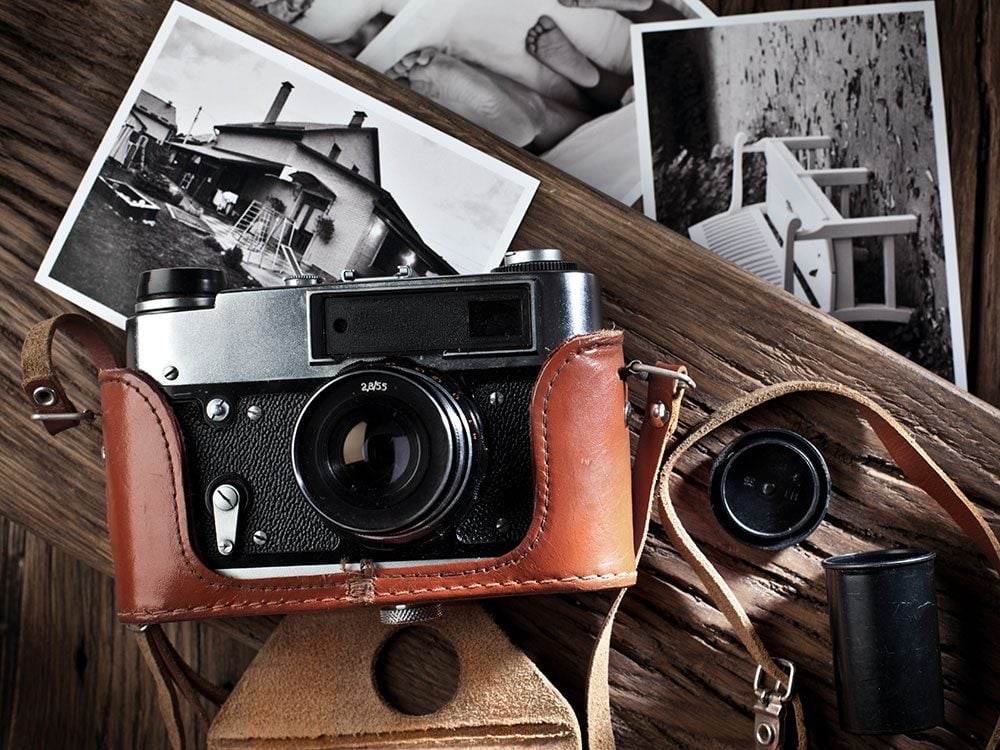
Photography Tips For Your Best-Ever Black and White Photos
People don’t look at life in black and white, but rather in colour. Great photography is about capturing a place that everyone has seen in such a way that forces others to see it differently, and black-and-white images allow us to use our imagination to fill in the blanks.
Colour can easily date a picture, but there is a quality about black and white that transcends time and leaves an indelible imprint on our subconscious. But to shoot in black and white, a photographer must understand things such as lighting, tone and composition. Here are five photography tips to take your black and white shooting to the next level.
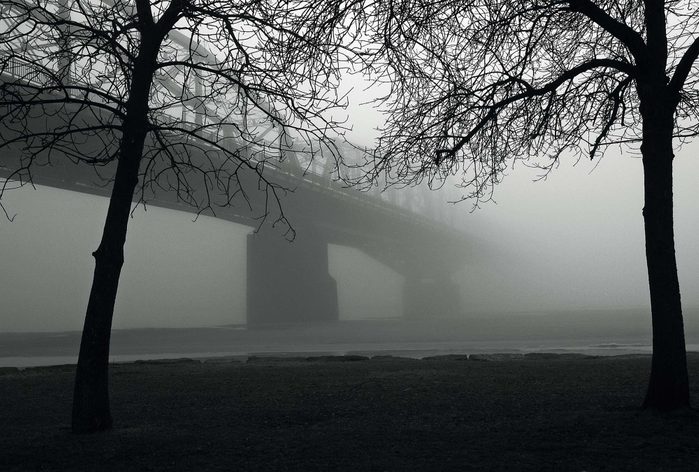
Photography Tips for Lighting in Black and White
Any lighting can produce a good photograph, but photographers need to know how to use lighting to capture a mood. A place can change dramatically over the course of a day, due to the degree of lighting.
Midday offers harsh light and produces short, crisp shadows, descriptive highlights and clear, almost effervescent reflections. It is excellent for close-ups and fast shutter speeds. Front lighting, which comes from behind us, is flat and shadowless, but it creates impact and minute detail, while side lighting emphasizes textures and shadows. Sunset, on the other hand, offers a warm glow and long, languorous shadows. (Check out this gorgeous gallery of “shining” photography.)
Soft, diffused lighting, as seen in inclement weather (mist, fog, rain or snow), often minimizes or removes shadows, creating a calm, suspenseful or moody effect. Depending on how dramatic you want the shot to be, increase your ISO setting or decrease your EV (exposure value) control for greater contrast.
Backlit images are ideal for creating silhouettes. To achieve this, select a distinct shape, such as a statue, against a bright backdrop or sky. Take the exposure of the sky, then aim the camera at the subject for a black silhouette. If the subject isn’t fully in silhouette, use a higher shutter speed or move so that the light source is completely behind the subject.
Here’s more advice on mastering silhouette photography.
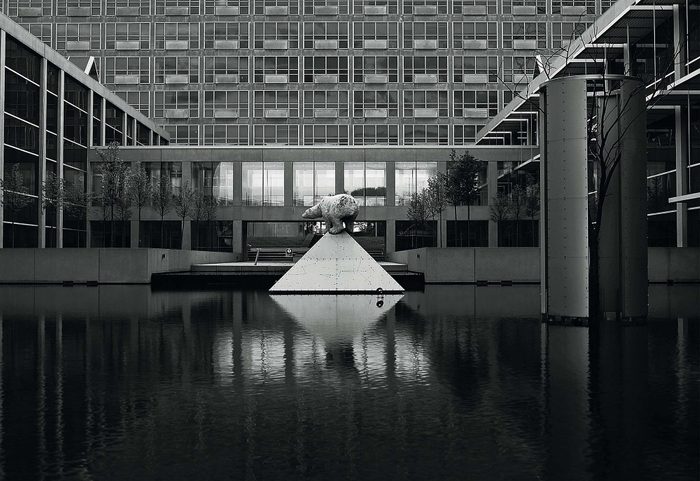
Tones
Without a clean black and a clean white, you have a “muddy image” with a bunch of shades of grey. Objects close to the camera will tend to be rendered in mono (black and white) as a heavier tone, giving them more dominance to the image.
Objects farther away will become lighter. It is also important to address how colour converts to black-and-white tones. Certain colour blends are not conducive to black-and-white photography, such as mixes of red and green, since the grey tones are too similar and merge together.
Here are 30+ stunning sunset pictures that will take your breath away.
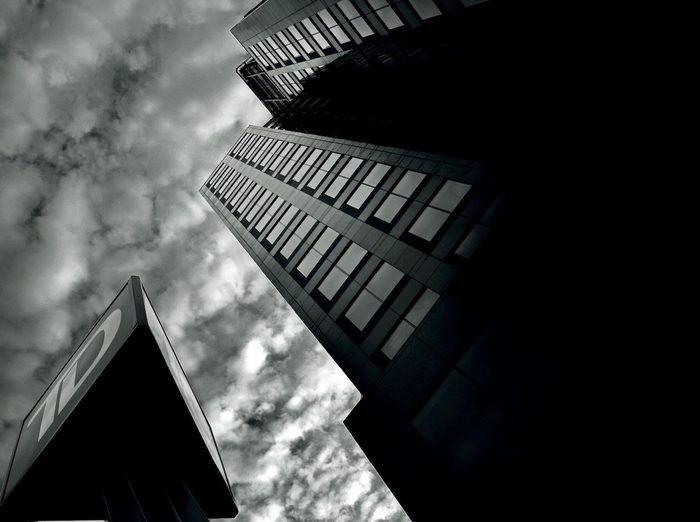
Weather
Mist, haze and fog create distance without too much detail. I love fog; it brings its own collection of moods, but you have to be quick and know exactly where you want to go before the fog/mist dissipates. After a rainstorm is an ideal time to shoot urban architecture for the multitudes of reflections off the ground. For drama, shoot before the storm.
In one shot, I wanted to capture an ominous feeling about the economy, so I took a ground-up photo of a bank with menacing clouds lingering overhead as a metaphor. Cold weather produces a crisp air and stillness, while shadows are stretched to the limit, perfect for peaceful ambience or an abstract shot.
Don’t miss this gallery of extreme weather photography.
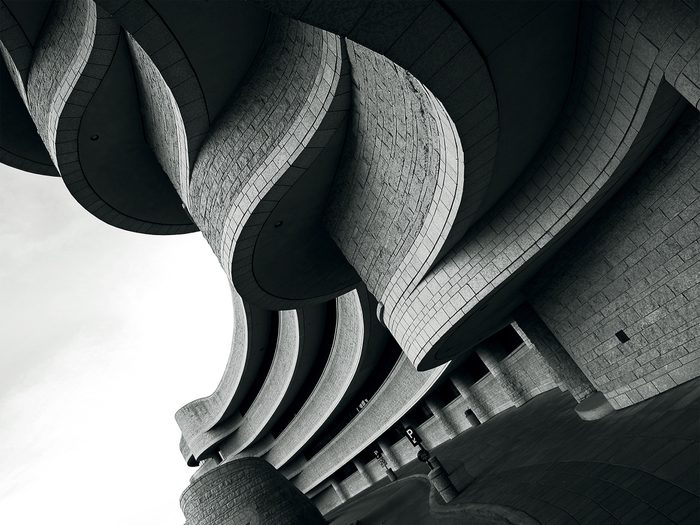
Composition
One of the most important photography tips is to consider composition. Ask yourself what your town or city is noted for. Is it industrial? Is it historic? Does your downtown have skyscrapers reaching for the heavens like underwater kelp reaching for the surface? Do mountain ranges, shorelines or valleys frame the perimeters of the city? If so, seize the opportunity!
Walking or biking around town is the best way to get to know it. Note any sites that catch your interest, including landmarks, parks, bridges, rivers, waterfalls, cobblestone streets and architecture. Also note which streets are deserted or busy, and what times and spots are best to photograph at these sites. Be patient and willing to explore new perspectives, such as whether your subject would be more interesting in silhouette or in detail, or what it would look like at sunrise or sunset. Try photographing landmarks shrouded in fog, or early morning joggers framed by park trees.
Check out this striking Canadian architecture photography.
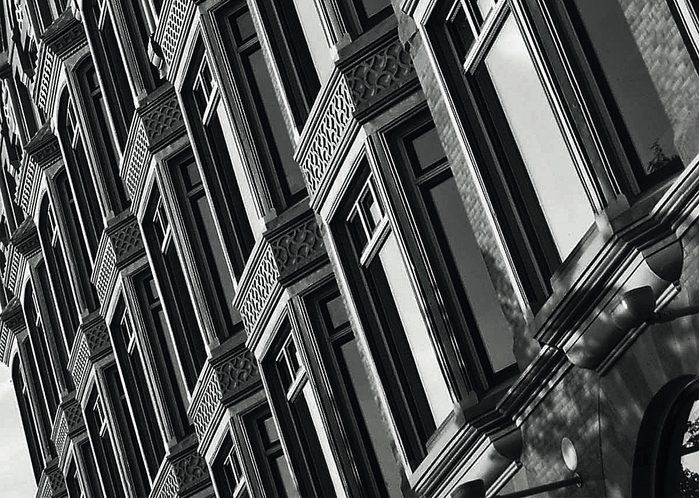
Angles
In photography, you want to create a story or a sense of emotion that will evoke a response. Simplify images by excluding superfluous distractions. For example, shoot a factory in silhouette with the only detail being its billowing smoke. Shoot architecture at an angle rather than the conventional horizontal and vertical format. Angles have a psychological effect: ground-up, shots articulate dominance, while the opposite applies when looking downward. Horizontal emits a feeling of expansiveness and freedom. Vertical conjures up intimacy or prowess.
To give an image edge and abstraction, emphasize consistent patterns (windows, stairs, frames and shadows). The human brain is wired to seek out symmetry and patterns. Repeating patterns work well in monochrome because it is less distracting than in colour. And, if feasible, take advantage of negative space, whereby the area absent of detail in the majority of the picture permits the subject matter to stand out prominently.
Before touching your camera, follow these photography tips: First, make a frame with your fingers and scan the area for the most advantageous site. If you are not satisfied, keep searching. Second, picture the scene in your mind as a poster. Ask yourself what point you are trying to make and whether you are capturing the spirit of the place. (In one particular shot of the Chrysler Building in New York City, for example, I wanted to reflect another time, more reminiscent of the 1950s.) Third, keep your shot as simple as possible. That means no distractions from the main objective—the camera isn’t as discriminating as our eyes and it will pick up everything. Having done all that, you are now ready to shoot.
Finally, it gives me satisfaction when viewers ask me, “Where did you photograph that?” This is especially true if they aren’t aware that they pass the site every day. Photography forces you to open your eyes and your mind to limitless possibilities. It’s just a matter of getting out and searching for them. Enjoy the search!
Now that you’ve got these expert photography tips under your belt, check out a gallery of gorgeous railway photos from across Canada.